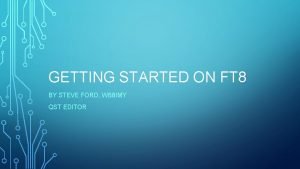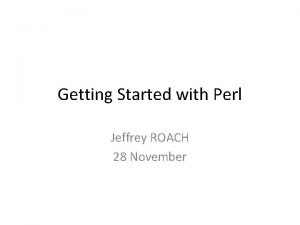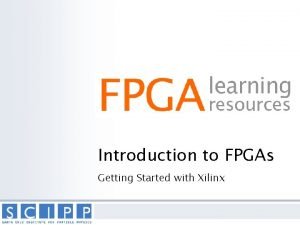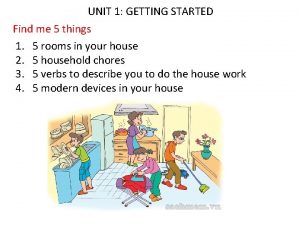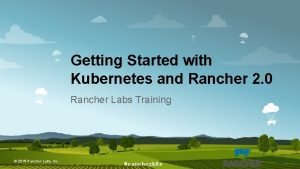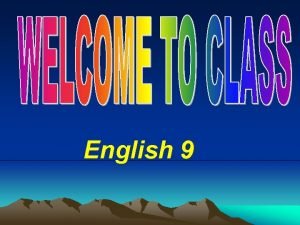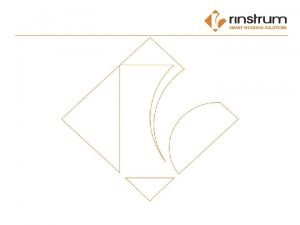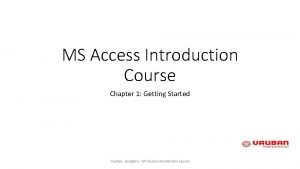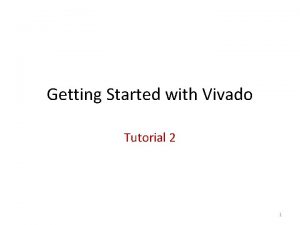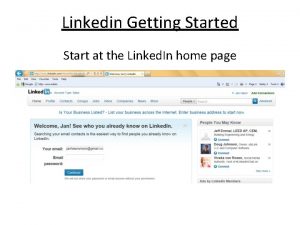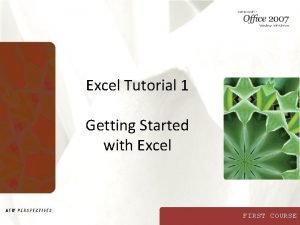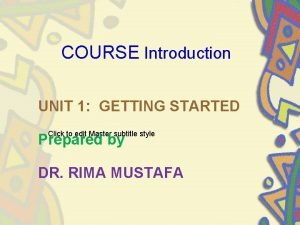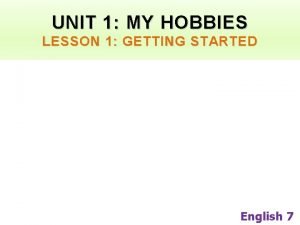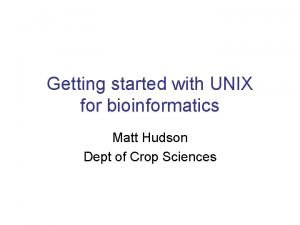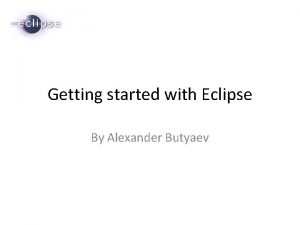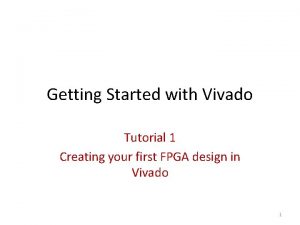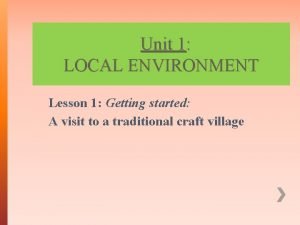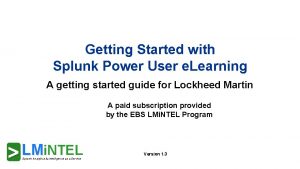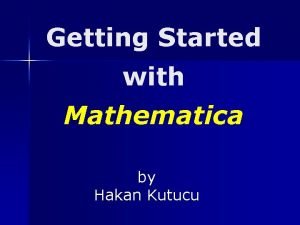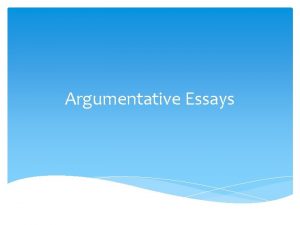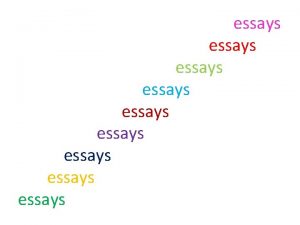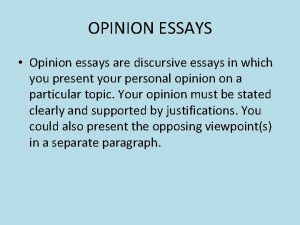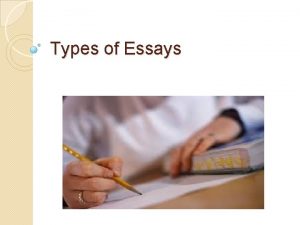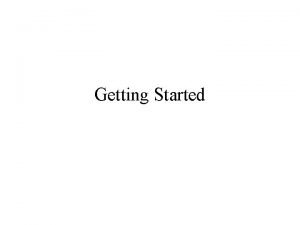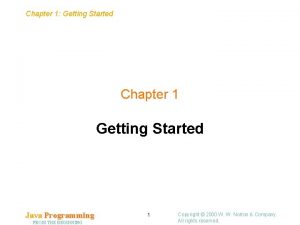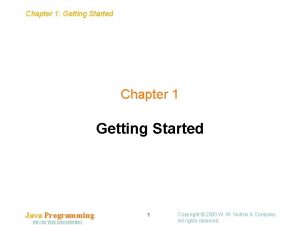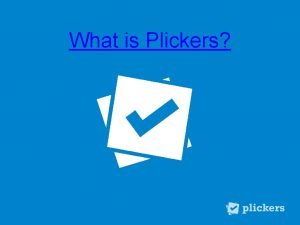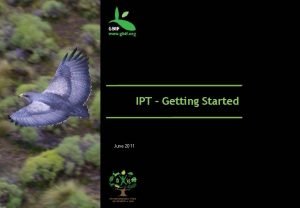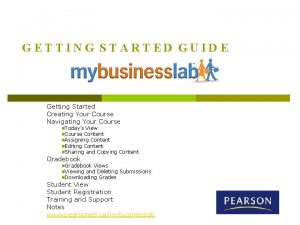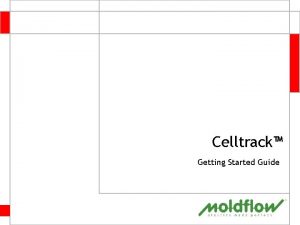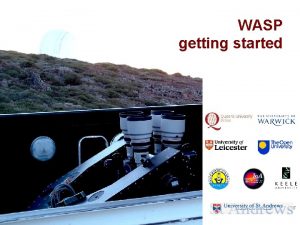Critical Essays Getting Started Ian Yule Critical Essays






















- Slides: 22

Critical Essays – Getting Started Ian Yule

Critical Essays l l Are worth 40% of your final grade 1 essay in Intermediate 1 (45 mins) 2 essays in Intermediate 2 (90 mins) 2 essays in Higher (90 mins)

Genre l l l In Intermediate 1 you can choose your essay from any genre in which you feel confident Drama Prose Poetry Film and TV Drama Language

Intermediate 2 and Higher l l You must write two essays from two different genres For example One essay from prose (eg a short story) One essay from drama (a play)

Higher l l One difference is that there are two sections in prose: Prose Fiction (novels, short stories) Prose Non Fiction (biographies, travel writing) In Int 1 and Int 2 you can write about a non fiction book in any prose question. In Higher you must choose from the right section.

1. Choose your questions carefully l l l The exam board allows you 5 minutes to think about your question in the 45 minutes. Make sure that you think that you know enough to answer the question. A short plan writing down your quotations may help. Better to spend time planning than to be 10 minutes into a question and realise you have made a mistake.

2. Read your question carefully l l l Underline or use a highlighter pen to emphasise key words in the question. Make sure that you use these key words in your answer – it well help your mark by establishing what we call relevance – that is you are actually answering the question! Remember you need to answer both parts of the question – that is what is in the first sentence and in the second.

For example l l Choose a poem which described a childhood experience. State what the experience was and go on to show the poet used poetic techniques to help make it real to you.

You might choose to highlight: l l Choose a poem which described a childhood experience. State what the experience was and go on to show the poet used poetic techniques to help make it real to you.

The key word was HOW l l l State what the experience was and go on to show the poet used poetic techniques to help make it real to you. Your essay is not just a summary of the text Your essay must comment on techniques

Introductory paragraph l l Use these key words to help you assemble an introductory paragraph In ‘Mid Term Break’ Seamus Heaney describes the childhood experience of his brother’s death. He helps to make this experience real to his readers through his use of ….

Oops what did he use? l l The SQA are not always cruel. They put a helpful box at the top of each section giving you ideas you can use in your essay. For example the Int 2 poetry box says … Answers in this section should refer to the text and to such relevant features as: word choice, tone, imagery, structure, content, rhythm, theme, sound, ideas …

l l That may help you to write paragraphs about Heaney’s use of structure Heaney’s use of sound And so on … you can write about things which are not in the box providing they form part of a relevant answer to your question.

On the subject of relevance l l Use topic sentences to form a relevant structure. One you have used the language of the question in paragraph one don’t forget to use it again. A further way Heaney makes the childhood experience real to his readers is through his use of sound.

How many quotations should I use? l l l It depends on how much you can write about them. It is doubtful that you will be ‘safe’ in your preparation for a critical essay exam if you know less than 8 quotations. YES YOU DO HAVE TO MEMORISE AND LEARN STUFF FOR ENGLISH EXAMS. YOU CAN NOT PASS WITHOUT REVISING.

Things to avoid in your essays l l This is advice for all levels, but especially for Intermediate 2 and Higher. Avoid using the word “I” unless it is in a quotation you plan to write about.

Let us begin … l l In my class we have been studying “Mid Term Break” by Seamus Heaney. I think it’s a good poem about a childhood experience and in this essay I will show the poet made it real to me. Nice answer - if critical essays were personal essays – but they are not. They are formal pieces of writing, and formal pieces of writing have a few rules.

Formal essay rules l l 1. Avoid speaking about yourself. In ‘Mid Term Break’ Seamus Heaney tells his readers about the personal experience of his brother’s death. He does this through his use of structure, sound alliteration.

Avoid abbreviations / contractions l l The writer isn’t saying …. Becomes The writer is not saying … (If there are contractions in your quotations then of course do not change them. )

Use inverted commas l l l Your quotations should begin and end with inverted commas Seamus Heaney helps the reader to hear the bells through his use of alliteration: “counting bells knelling classes to a close. ” Higher and Int 2 students note that the way to introduce a quotation is with a colon (: )

In conclusion l l l You will lose marks if you don’t finish your essay with a conclusion. Use the language of conclusion In conclusion … Finally … To sum up …

There’s nothing new in the conclusion l In conclusion Seamus Heaney successfully shares the childhood experience of his brother’s death with his readers. In particular, his use of alliteration to draw attention to how young his brother was: “a four foot box, a foot for every year” helps the reader to understand how awful the tragedy was and how sad everyone must have felt.
 Getting ahead
Getting ahead Getting started with ft8
Getting started with ft8 Dr jeffrey roach
Dr jeffrey roach Counter code
Counter code Android development getting started
Android development getting started Find these things in unit 1
Find these things in unit 1 Rancher get started
Rancher get started Unit 2 listen and read
Unit 2 listen and read Lua getting started
Lua getting started Tipos de habilidades del pensamiento
Tipos de habilidades del pensamiento Getting started with vivado
Getting started with vivado Infuecers gone wild
Infuecers gone wild Getting started with excel
Getting started with excel Unit 1 getting started
Unit 1 getting started Unit 1 getting started
Unit 1 getting started Unix for bioinformatics
Unix for bioinformatics Getting started with eclipse
Getting started with eclipse Getting started with vivado
Getting started with vivado Microsoft outlook 2010 training
Microsoft outlook 2010 training Poll everywhere register
Poll everywhere register Unit 1 local environment
Unit 1 local environment Education.splunk.com
Education.splunk.com Hakan kutucu
Hakan kutucu

